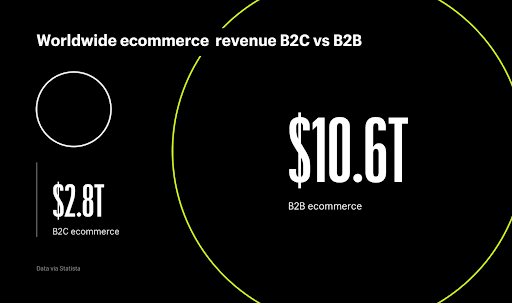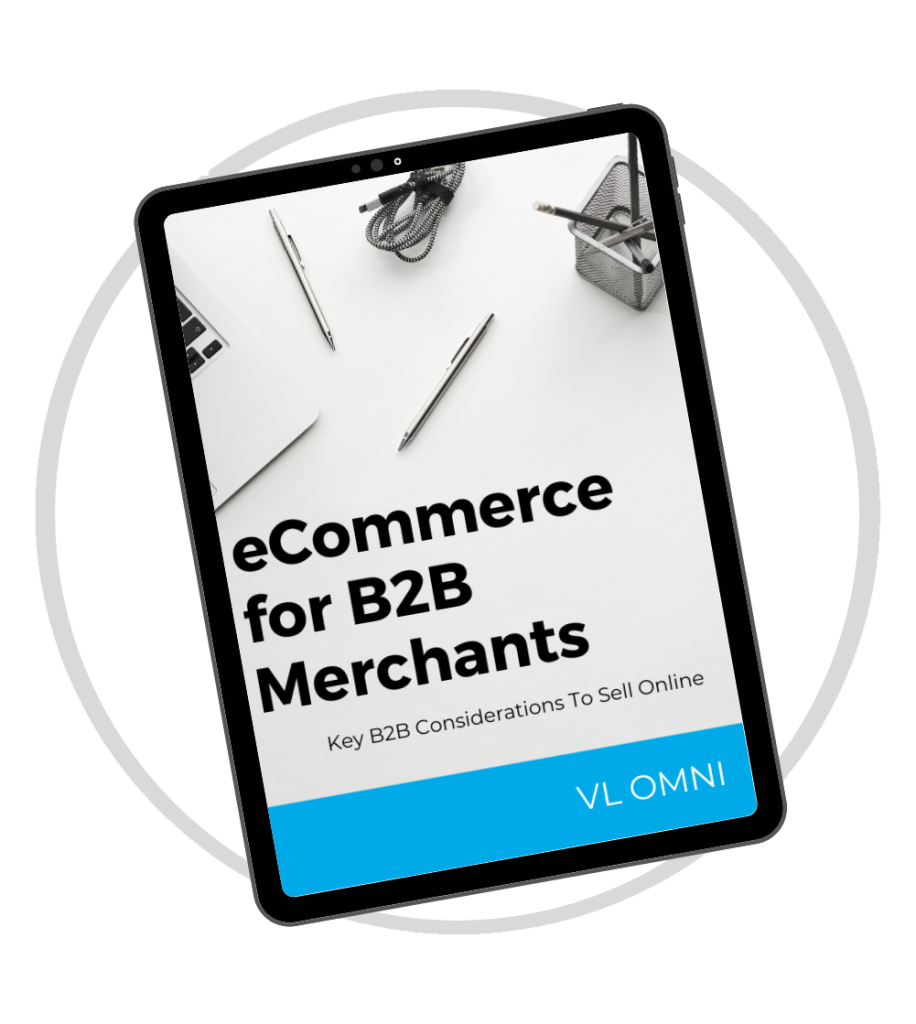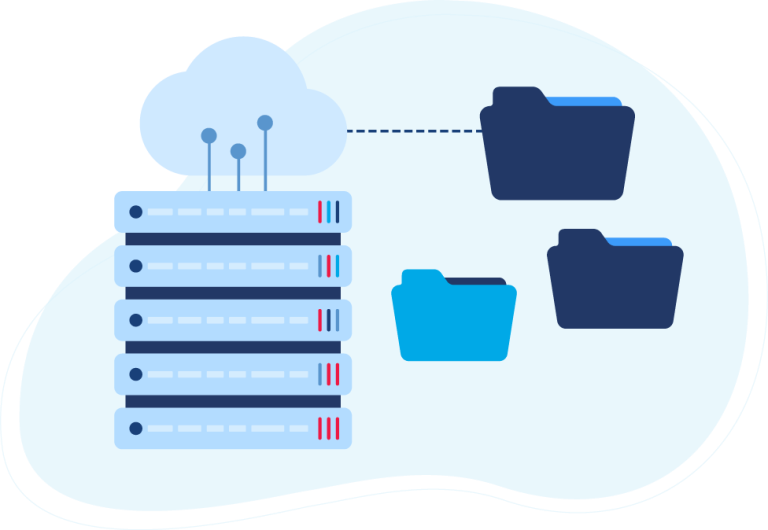Are you considering branching into B2B commerce? This guide will take you through how B2B eCommerce works, key strategies, and best practices to get started in this model, and also debunk a few myths.
Here’s what you need to know about B2B eCommerce
So you’ve decided to expand into business-to-business (B2B) eCommerce but have no idea where or how to start. You’re not alone. B2B companies across the world are looking at the benefits of selling their products through the business-to-business market. However, growing buyer demands and changing wholesale channels are encouraging B2B sellers to rethink their whole approach to selling to do so.
In general, many businesses first jump in or expect results from B2B eCommerce without fully understanding how different B2B is from direct to consumer (D2C) selling.
Our eCommerce for B2B Merchants guide explores the myriad of considerations and best practices you need to keep in mind to sell online and grow at scale.
Want to learn more about B2B eCommerce? In this guide, you’ll find:
- What opportunities in B2B eCommerce exist today?
- How B2B eCommerce works
- The Benefits of B2B eCommerce
- Different B2B eCommerce models
- Common B2B Misconceptions
- B2B eCommerce Best Practices
- Key Front-end and Back-end B2B Considerations
- Why is B2B eCommerce so successful?
- How to Craft A Great B2B Strategy For Long-term Success
How B2B eCommerce Works
“B2B” – Business-to-Business – refers to the process of selling products and services between businesses. A common B2B relationship is one between a manufacturer, a wholesaler or distributor, who sells to another business.
While B2C – business-to-consumer, also sometimes called D2C, direct-to-consumer is selling direct to the end-user and has primarily dominated the use of digital commerce channels. The result is that B2B businesses are required to adopt a B2B styled eCommerce strategy to meet changing end-user expectations.
Expected Growth of B2B eCommerce
The changing retail landscape has forced many manufacturers and distributors to rethink their sales channels. The rise of Amazon and eBay as wholesale marketplaces has only accelerated that change. The days of Ariba and Coupa dominating the B2B buying space are over. The COVID-19 pandemic has only added fuel to that fire and forced many B2B companies to move faster. Right now the future of B2B eCommerce is bright and it’s early in the game so if you haven’t yet made your move don’t sweat it.
What Opportunities in B2B eCommerce exist today?
According to Statista’s B2B eCommerce report, “B2C eCommerce has witnessed widespread adoption. The recent evolution and growth of B2B eCommerce are attracting the attention of buyers, sellers, and investors all over the world.” B2B eCommerce is growing at an accelerated pace and will likely outpace B2C in the coming years.
In fact, research from Forrester shows that U.S. business-to-business e-commerce transactions are expected to reach $1.8 trillion by 2023. In addition, a chart by enterprise eCommerce platform, Shopify Plus compares each market’s total annual value, illustrating how B2B eCommerce represents a nearly four-fold difference (278.6%).
With the right technology in place, brands today can expand beyond their reach of offerings to new geographies and categories while keeping their key processes and data consistent. A strategic approach to B2B is key to prevail in this fast-growing commerce landscape.

B2B eCommerce Models
Despite being slow to adopt eCommerce, businesses are considering B2B eCommerce as an avenue to reach a larger market at scale and drive sales online. But this change requires a complete rethink of the way business is conducted. It’s always easier to sell a pallet of product to Costco than it is to sell smaller quantities to smaller customers. If you are new to B2B eCommerce, you will likely fall into one of the two common types of B2B eCommerce.
The Types of Ecommerce Models
One common model is to take the whole B2B product catalogue and allow your business customers to order online with all the facilities you would offer in the offline world. These would include terms, use of purchase orders, etc. The other approach is to use the web store for sales reps to place specific orders on behalf of your customers.
In addition, there is a hybrid approach that involves both models allowing both to happen on the same site. Whichever model you fit into, both require strategic planning and scalable integration across the entire B2B environment.
How Top B2B Ecommerce Considerations
B2B eCommerce stores often face similar technical challenges that B2C stores face however there are some unique considerations in B2B. These impact both the back-end and front-end. The question that must be asked before all else is: How is my B2B business going to be used and for what strategic purpose?
There are several things you need to consider before implementing a B2B strategy.
How will people pay, managing inventory and organizing orders, pricing and historical details are just the start. Remember, how your systems communicate with each other once those decisions are made is another area that needs to be looked into.
But don’t worry! We will break down key steps to consider when implementing a B2B eCommerce strategy with strategy in mind.
Download our guide below to continue learning how B2B eCommerce works

 D365 Business Central
D365 Business Central Netsuite
Netsuite



